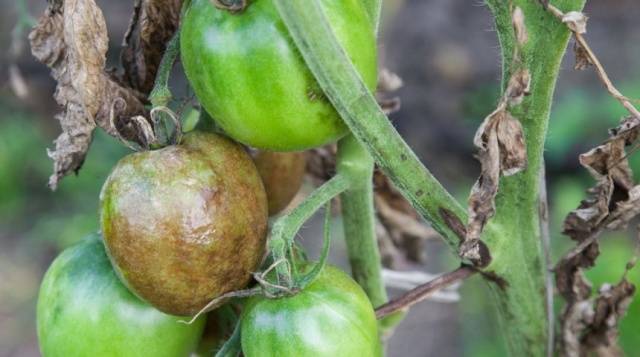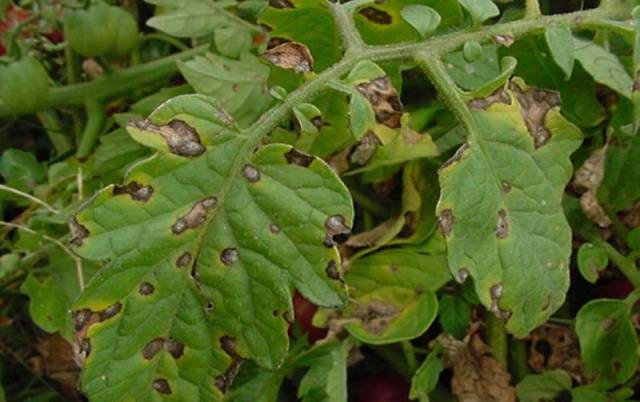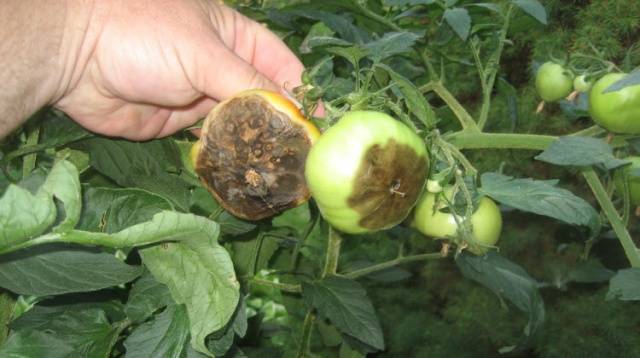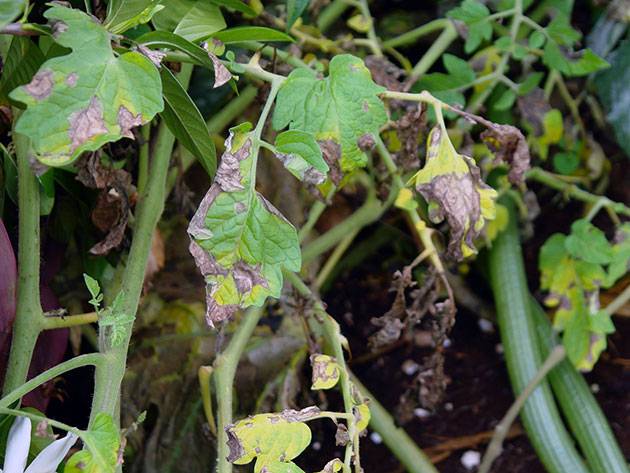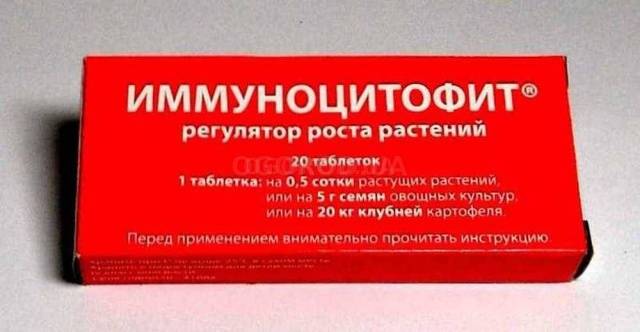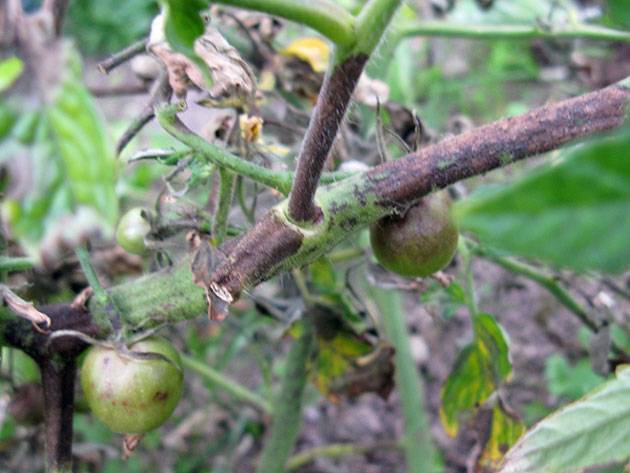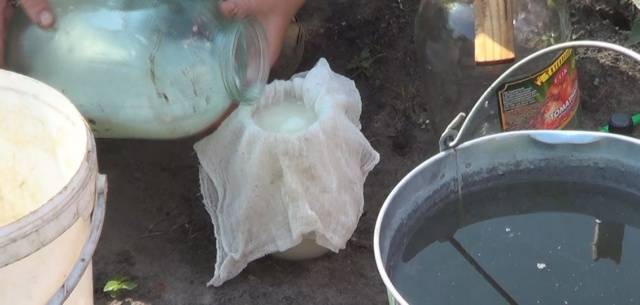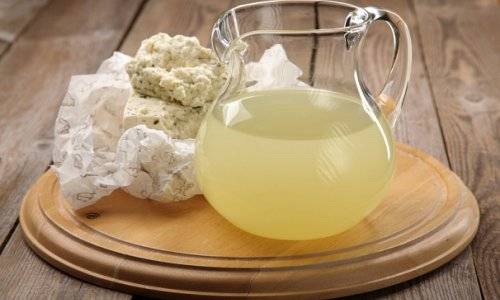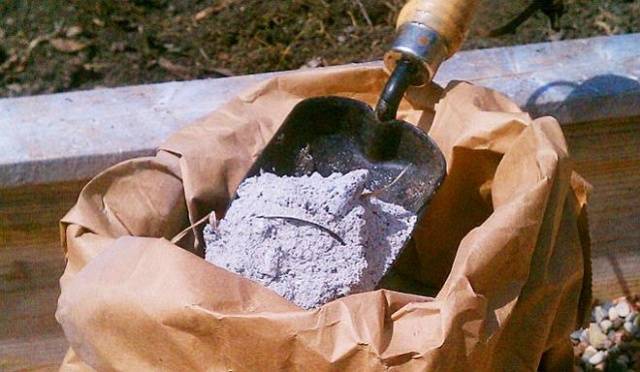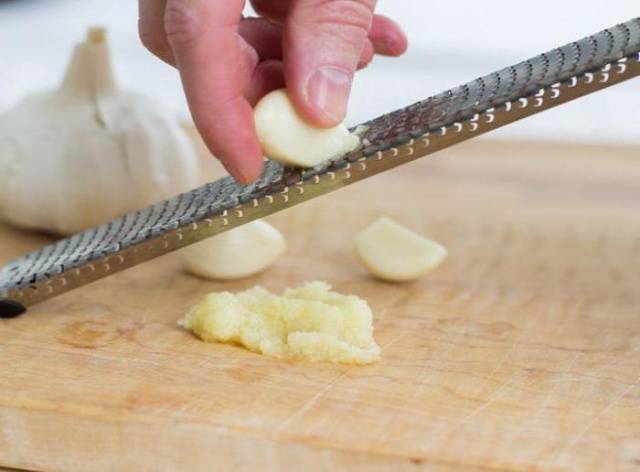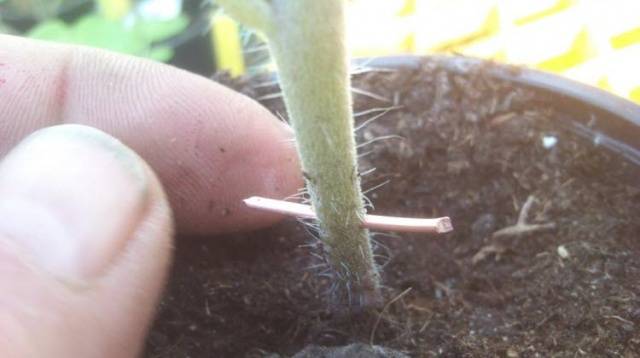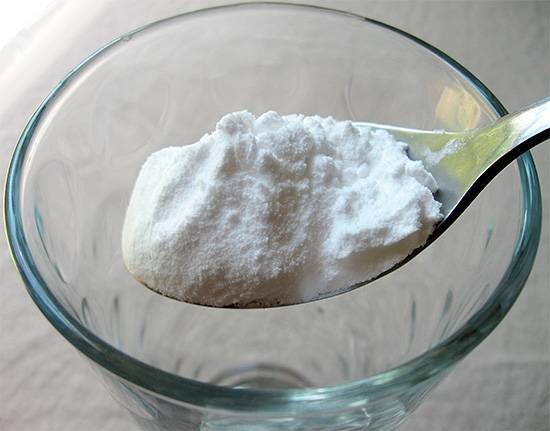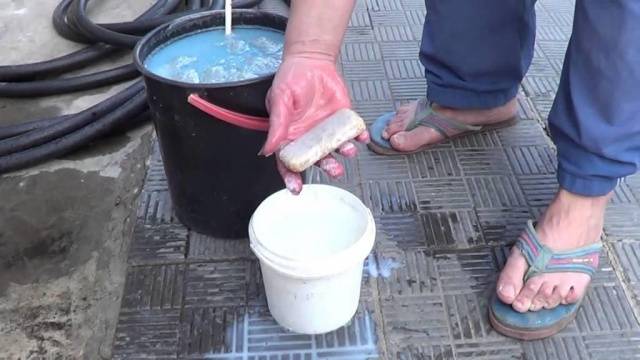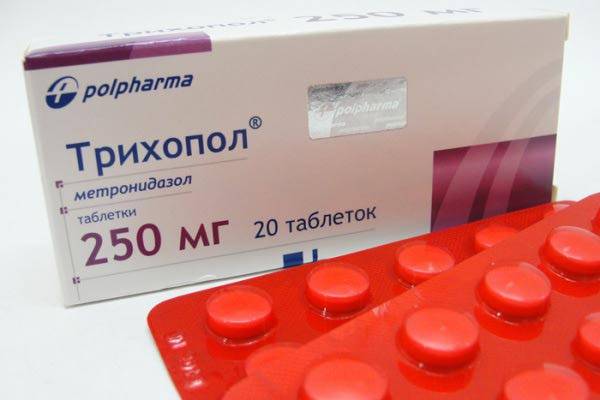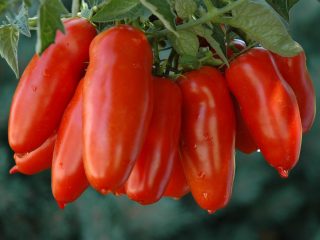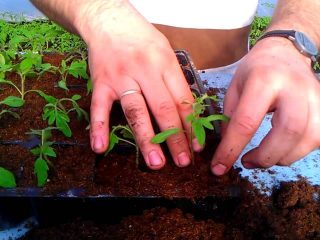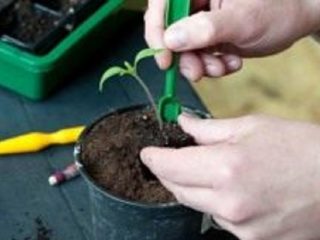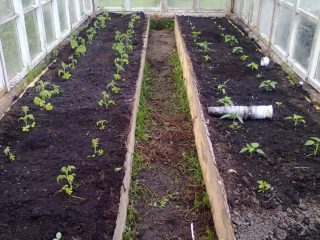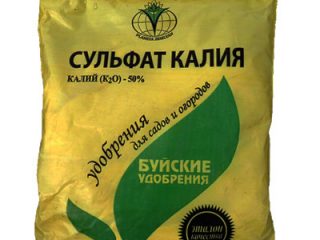Content
Probably everyone who grew tomatoes on their plot has ever encountered a disease called late blight. You may not even know the name, but black and brown spots on leaves and fruits, appearing at the end of summer and leading to the death of tomato bushes, are familiar to many. If you are not a supporter of using chemical methods for treating plants, then you may have already come to terms with the fact that most of the tomato crop is lost every year from this scourge, and you have no idea how to protect your tomatoes.
Maybe you are trying to grow super early-ripening varieties of tomatoes that manage to produce a harvest before an outbreak of late blight, or you are picking tomatoes in early August while they are still green so that the unfortunate disease does not have time to hit them.
But in any case, nothing can stop you from trying folk remedies for late blight on tomatoes. Oddly enough, they sometimes turn out to be more effective than chemical fungicides.Perhaps the secret is that there are many recipes for folk remedies, and if you alternate them, the insidious fungus simply does not have time to get used to the variety of remedies used. Well, the most important thing is that they are absolutely harmless both to the fruits themselves and to the environment, which is a great advantage in the modern world.
Late blight - what is it?
Late blight or late blight is a disease caused by the fungus Phytophthora infestans. The very name of the mushroom speaks for itself, since in translation it means “destroying the plant.” And most of all, plants of the nightshade family suffer from it, primarily tomatoes.
You need to know the enemy by sight, so it is important to determine the main signs that appear on tomato bushes when infected with late blight. At first, you can see small brown spots on the back of the tomato leaves. Then the spots increase in size, the leaves begin to dry out and fall off. The shoots also gradually acquire a dark tint, and gray-dark areas form on the tomatoes themselves, which turn black over time.
This happens because it is by this time that the most suitable conditions for the development of the disease have developed.
The difference in day and night temperatures leads to the formation of abundant dew on tomato bushes. The average air temperature does not exceed +15°+20°С, there is no heat. And if, in addition, the summer is quite rainy and cool, then the fungus can begin to rage much earlier.
Phytophthora also feels comfortable on calcareous soils and in dense plantings in which fresh air does not circulate well.
But in hot and dry weather, the development of late blight slows down greatly and at high temperatures, colonies of the fungus even die. Of course, when the first signs of late blight appear on tomatoes, the question is “how to deal with it?” one of the first to occur. But it is necessary to think about combating this disease much earlier.
Indeed, in accordance with the laws of nature, the disease primarily affects weakened tomato plants with poor immunity. Therefore, tomatoes need good care and adequate feeding to resist the onslaught of fungal infection.
Agricultural technology against late blight
In accordance with the well-known saying that preventing a disease is much easier than treating it, it is necessary to scrupulously follow all basic agricultural practices when growing tomatoes. This will serve as a good prevention of late blight on tomatoes.
- Since the fungus survives well in the soil for several years, it is imperative to observe crop rotation: do not return tomatoes to last year’s place for 3-4 years and do not plant them after potatoes, peppers and eggplants.
- If you have gone too far with liming, then it is necessary to restore the acid balance of the soil by adding peat. And when planting tomato seedlings, fill them with some sand on top.
- In order for the fight against late blight on tomatoes to be successful, try not to thicken the plantings - you need to follow the scheme that was developed for a particular variety of tomatoes.
- Since tomatoes do not like high air humidity in general, and because of late blight, in particular, try to prevent water from getting on the leaves when watering. It is better to water early in the morning so that all the moisture has time to dry out by night, when the temperature drops.Better yet, use drip irrigation.
- If the weather is cloudy and rainy, you don’t have to water the tomatoes at all, but the procedure of regularly loosening the rows becomes very important.
- To support plant immunity, do not forget about regularly fertilizing tomatoes with basic nutrients; you can also use spraying with immunomodulators, such as Epin-Extra, Zircon, Immunocytophyte and others.
- If cool and rainy summers are the norm in your region, then choose only tomato hybrids and varieties that are resistant to fungal diseases.
- To protect tomato bushes from fungus, it is recommended to cover tomato bushes in the evenings and in rainy weather with non-woven material or film in the second half of summer. In the morning, the plants are not affected by dew and infection does not occur.
Folk remedies for late blight
When choosing what to spray tomatoes with from late blight, you need to first try all the means and then use what you like most. After all, different varieties of tomatoes may have different susceptibility to various substances. In addition, it often depends on specific weather conditions. Late blight is a very insidious disease, and coping with it requires creativity and a desire to experiment. Moreover, what worked well this year may not work next year.
Iodine, boron and dairy products
Possessing antimicrobial properties, iodine can serve as a good remedy for treating late blight on tomatoes.There are many recipes using iodine - choose any of the following:
- To 9 liters of water add 1 liter of milk, preferably low-fat and 20 drops of iodine;
- To 8 liters of water, add two liters of whey, half a glass of sugar and 15 drops of iodine tincture;
- 10 liters of water are mixed with one liter of whey, 40 drops of iodine alcohol tincture and 1 tablespoon are added hydrogen peroxide.
All leaves and stems of tomatoes are carefully treated with the resulting solutions, especially on the underside.
You can also use solutions of fermented kefir and whey (1 liter per 10 liters of water) both in pure form and with the addition of a small amount of sugar for preventive spraying against late blight. Water the tomato bushes regularly every week with such solutions, starting from the moment the buds form.
To use it you need 10 g boric acid dilute in 10 liters of hot water, cool to room temperature and spray on tomatoes. For the best effect, it is advisable to add 30 drops of iodine to the solution before treatment.
Finally, a remedy that effectively combated already visible manifestations late blight on tomatoes, the recipe for the following preparation is considered:
Eight liters of water are heated to a temperature of +100°C and combined with two liters of sifted wood ash. When the temperature of the solution drops to +20°C, 10 g of boric acid and 10 ml of iodine are added to it. The mixture is infused for half a day. Then dilute with water in a ratio of 1:10 and thoroughly spray all parts of the tomato plants. Before treatment, it is necessary to remove all affected parts of the plants.
Ash solution
When fighting late blight on tomatoes with folk remedies, the effect of ash is considered especially effective. After all, it contains a very large number of different microelements, each of which can interact favorably with tomato tissues. To prepare the mixture for spraying, dissolve 5 liters of ash in 10 liters of water and leave for 3 days with occasional stirring. Then the solution is brought to a volume of 30 liters, any soap is added for better adhesion to the leaves, and used to spray tomatoes.
Yeast
At the first signs of late blight, or better in advance, when the first buds appear, dilute 100 grams of fresh yeast in a 10-liter container with water and water or spray the tomatoes with the resulting solution.
Garlic tincture
Phytophthora spores on tomatoes can be killed by treatment with garlic. To prepare the infusion, 1.5 cups of crushed shoots and heads of garlic are mixed with water in a volume of 10 liters and infused for about a day. Afterwards, the solution is filtered, and 2 g of potassium permanganate is added to it. Tomato bushes must be sprayed regularly, every 12-15 days, starting from the moment the ovaries form. It is advisable to use about 0.5 liters of the resulting infusion for each tomato bush.
Copper
Quite interesting to use is the method of supplying tomatoes with microparticles of copper, which has the ability to treat late blight, repelling it from plants. Have to take thin copper wire, cut into small pieces, up to 4 cm long.Calcine or peel each piece and pierce the tomato stem at the bottom with it. It is advisable to bend the ends down, but under no circumstances wrap them around the stem.
Tinder fungus
Spraying with an infusion of the tinder fungus increases the immunity of tomatoes and, as a result, has a protective effect. The mushroom must be dried and finely chopped with a knife or using a meat grinder. Then take 100 grams of mushroom, pour one liter of boiling water over it and let it sit for a while until it cools. Strain the solution through cheesecloth and water the tomato bushes, starting from the very top.
The first treatment can be carried out at the moment of ovary formation, and treated several more times if the first signs of late blight appear on the tomatoes.
Horsetail
Also, among natural remedies, horsetail decoction improves immunity in tomatoes. To obtain it, place 150 grams of fresh or 100 grams of dry horsetail in one liter of water and boil for 40 minutes over low heat. After cooling, the broth is diluted in 5 liters of water and the tomato plants are thoroughly sprayed with it.
Saline solution
This treatment will help, after the solution dries, to create a thin protective film on the leaves of the tomatoes, which will prevent the entry of fungal spores through the stomata. Dilute 250 g of salt in a 10-liter watering can with water and treat all parts of the tomato with the resulting solution.
It can be carried out during the appearance of the ovaries. If you carry it out when signs of late blight appear, then you must first remove all affected parts of the tomato plants.
Straw and grass
A good preventative against late blight on tomatoes is the preparation of herbal or hay infusion. To make it, you can use both fresh herbs and rotten straw. Fill about 1 kg of organic matter with 10-12 liters of water, add a handful of urea and let it brew for 4-5 days. After straining, the infusion is ready for processing. It can be used to both water and spray tomatoes.
Other drugs
There are several other drugs that are actively used by people to combat late blight on tomatoes.
- Dissolve 10 Trichopolum tablets in a 10-liter bucket of water and add 15 ml of brilliant green. The resulting solution can be used to treat tomato bushes both during flowering and when the first symptoms of late blight appear.
- In 10 liters of water, mix one teaspoon of copper sulfate, boric acid, and magnesia. Add potassium permanganate on the tip of a knife and a little laundry soap (can be replaced with 3 tablespoons of liquid soap).
Let's sum it up
When the question arises, what exactly is the best way to treat tomatoes against late blight, and what folk remedies are most optimal to use, it is difficult to find an unambiguous answer. The best option would probably be to alternate the above remedies, and even use some of them in one complex solution so that they enhance each other’s effects.
Of course, it is very difficult to fight late blight on tomatoes, but if many of the folk remedies described above are used wisely in various combinations, you can defeat any disease and enjoy ripe, tasty and healthy fruits.
